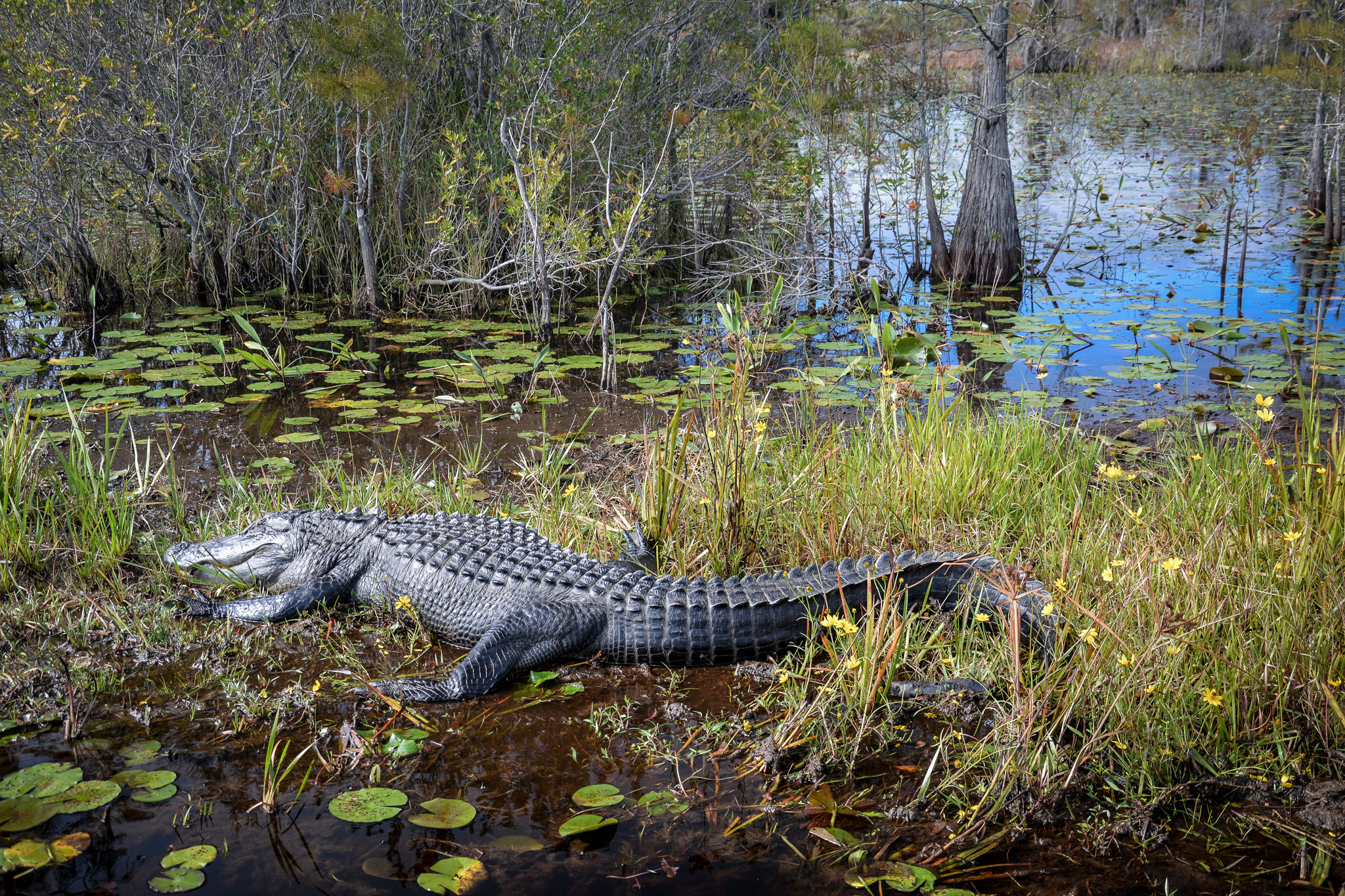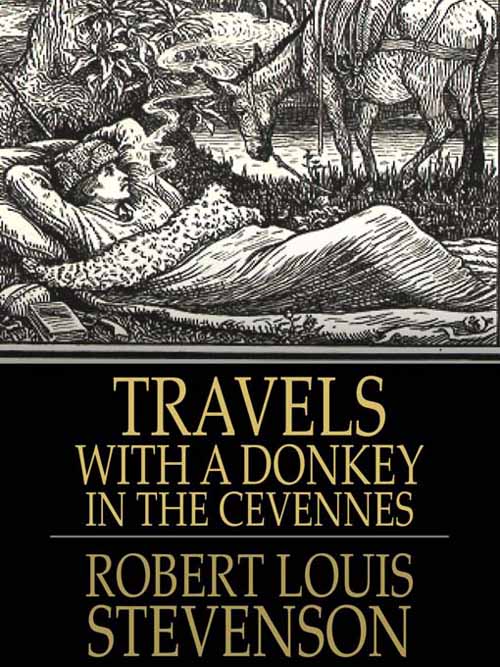
* * * *
January 29, 2023 – I just ran across a post from March 2019, on a kayaking misadventure back in 2013.
I called it On a 2013 kayaking “adventure” and what brought it to mind was a new venture coming up next month. My brother and I are planning a five-day canoe trip into the Okefenokee Swamp. I’ve already camped overnight twice in the Okefenokee, in a small kayak, but they were solo journeys. (See Remembering the Okefenokee, and links therein.) But this trip will feature two separate, large canoes, not one 8-foot kayak, trailing a small rubber dinghy. (“Tagalong.”)
I’ll have more on the Swamp trip later, but first a word about the 2013 misadventure.
I had just bought the eight-foot kayak, after getting back from canoeing 12 miles off the coast of Mississippi. (An eight-day primitive camping trip, as in “dig a hole and squat.”) But I hadn’t gotten too well acquainted with it yet. For example, I didn’t know about the drain plug. And so the post started out, “There I was, in the middle of a local lake around here, on a fine sunny summer afternoon. I was happily paddling away in my spandy-new kayak, when suddenly…“
* * * *
It was only my third time paddling the kayak. I had put in at Lake Kedron, and getting in a kayak is always awkward. But this time it tipped over a bit too far to the side, so once I got in I noticed what seemed like a small bit of water sloshing around. But I didn’t want to go through the whole process of getting out, emptying the water and then getting back in. I figured, “No problem, I’ll just put up with water sloshing around a bit until I finish,” in an hour or so. So I paddled out, then turned around and headed back when I noticed what seemed a bit more water.
I kept paddling, and in a bit glanced back and noticed the back end seemed much lower. That’s when I discovered a big difference between a kayak and canoe. I couldn’t twist around to get a good view of the back end, which led me to this: “You know, I’ll bet there’s a drain plug somewhere on this kayak. I wonder where it is? I’ll have to check the instructions when I get back.”
To make a long story short, I ended up in a reverse-Titanic. (Titanic sank bow first. The kayak sank stern first.) And while it was a bit humiliating – the lakes in that area are all surrounded by homes – it didn’t turn out that bad. You can see the gory details in a 2013 kayaking, but here’s a final note. I sent out an email to family members, and my oldest brother – not the one I share travel adventures with – had this reply: “I don’t think I would have shared that.”
* * * *
So anyway, back to that other adventure, upcoming, the one into the Okefenokee.
Back in October 2015 I kayaked into the Okefenokee from east side, using the same kayak. I put in at the Suwanee Canal Recreation Area (SCRA). Then in June 2016 I kayaked in from the west side, where I started at the Stephen C. Foster State Park east of Fargo, Georgia. My original plan for these trips was to bisect the Swamp, east to west. However, in October 2015 the only camping shelter available was at Cedar Hammock. Unfortunately, that was a mere three miles in from the SCRA entrance, so I couldn’t make much bisecting progress.
Still, the next day I made it as far as Coffee Bay day shelter. Then in 2016 I made it to the CANAL RUN shelter, some nine miles in from Foster State Park. That was still an all-day paddle, and still left a big gap between Canal Run and Coffee Bay. But next month, with two canoes and five days to paddle, we should make it from the east entrance to Canal Run, by way of Round Top shelter. And that’s not to mention “by way of” Monkey Lake.* (Finally getting down there.) That’s the plan anyway, to bisect the Okefenokee at last. I’ll keep you posted…
* * * *
All of which leads in to another travel adventure. This one is coming up next fall, and was possibly “preordained before the beginning of time.” Or at least foreshadowed in the post, On canoeing 12 miles offshore, from May 2015. It talked about Robert Louis Stevenson’s 1879 book Travels with a Donkey in the Cévennes. And about why he would do such a foolish thing as embarking on a “12-day, 120-mile solo hiking journey through the sparsely populated and impoverished areas of the Cévennes mountains in south-central France in 1878.” His answer:
I had been after an adventure all my life, a pure dispassionate adventure, such as befell early and heroic voyagers; and thus to be found by morning in a random nook in Gevaudan – not knowing north from south, as strange to my surroundings as the first man upon the earth…
And such is the nature of pilgrimages. They give us a break from “real life,” from the rat race that consumes so many today. Which is why they can be described as “religious ritual on the move.” Through the raw experience of hunger, cold and lack of sleep, “we can quite often find a sense of our fragility as mere human beings.’” Put another way, such a pilgrimage can be “one of the most chastening,” but also one of the most liberating of personal experiences.
In case I’m being too subtle, after the canoe trip into the Okefenokee, my next great travel adventure will be this fall of 2023, hiking the Robert Louis Stevenson Trail in France. (With my travel brother and his wife.) Which again raises the question – for some anyway – “Why would anyone your age want to do that?” For a good answer check out John Steinbeck, who based his 1960 book Travels with Charley on Stevenson’s In the Cévennes travelog.
In Charley he noted many men his age – he was 58 at the time; I turn 72 this year – who are told to “slow down.” In turn they “pack their lives in cotton wool, smother their impulses, hood their passions, and gradually retire from their manhood.” But that wasn’t Steinbeck’s way:
I did not want to surrender fierceness for a small gain in yardage… If this projected journey should prove too much then it was time to go anyway. I see too many men delay their exits with a sickly, slow reluctance to leave the stage. It’s bad theater as well as bad living.
Or as we used to say hiking the Way of St. Francis, “it sure beats playing bingo at the Senior Center!”
* * * *

* * * *
The upper image is courtesy of Okefenokee National Wildlife Refuge – Image Results. See also Okefenokee National Wildlife Refuge | U.S. Fish & Wildlife Service.
The “misadventure” link formerly included that add-on, “(blub, blub, blub).”
About Monkey Lake, and the Cedar Hammock shelter. In the October 2015 trip I paddled in to Cedar Hammock and checked it out, but since it was still early in the day I decided to padde down to Monkey Lake. And that’s where I went head-to-head with a big bull gator in a narrow canal, complete with two “bumps” that prompted me to paddle much faster. Here’s what I wrote a bit later:
I saw a big bull gator – who eventually submerged – in a very narrow canal. This was on the canoe trail to Monkey Lake. As I paddled over the water where the gator had been, I could swear he came up and nudged the bottom of my kayak. I figured it was an accident. But the second time? That added some spice to the trip.
I turned around before Monkey Lake, and got back to Cedar Hammock way after dark. (See “Into the Okefenokee” – Part III.) I ended up paddling, in the dark, through a slew of water lilies, which led to: “That Monet guy can take his stinkin’ water lilies and ‘stick ‘em where the sun don’t shine.’”
Stevenson Trail. It’s also known as the GR 70 – see Wikipedia – or the Chemin de Stevenson.
The lower image is courtesy of Robert Louis Stevenson Trail – Walking in France. See also a post from my companion blog, On donkey travel – and sluts. A side note: Stevenson’s use of the word slut was grammatically correct at the time:
Slut first appeared in the written language in 1402, according to the Oxford English Dictionary… At that time, slut meant roughly what one sense of slattern means today: a slovenly, untidy woman or girl. It also apparently meant “kitchen maid” (”She is a cheerful slut who keeps the pots scrubbed and the fires hot.”).
* * * *